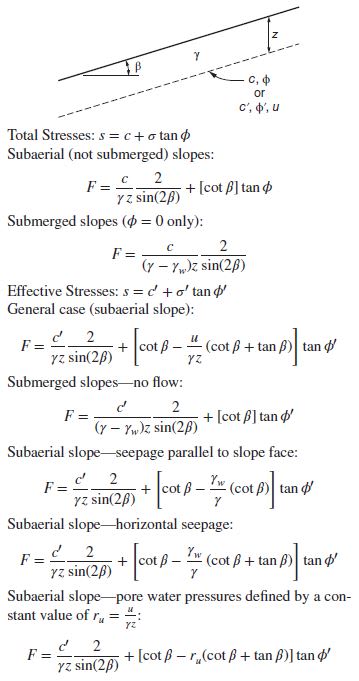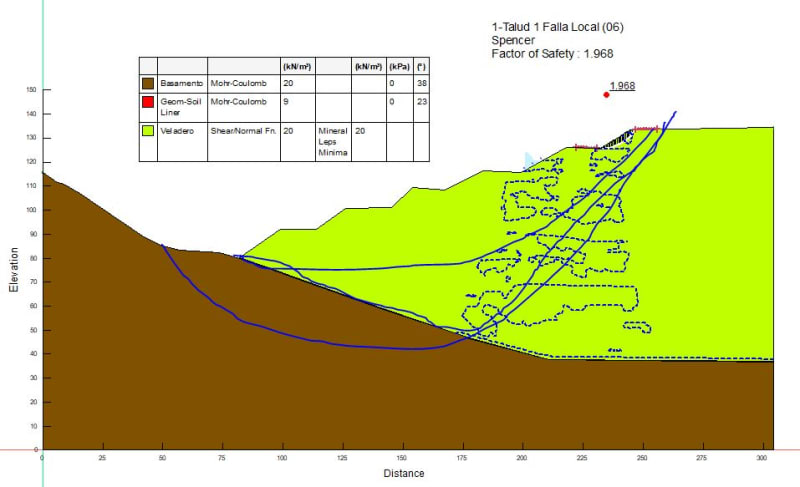abanqueri
Geotechnical
- Jan 29, 2019
- 3
Hi!
I'm dealing with a problem in SEEP/W. I'm actually working on a stacking pile in a leaching valley. The thing is I can't reach an stable flux through the soil. I've been trying with a lot of different models but I don't know were the issue is. The stacking pile has a cross flux due to the solution which has to go to the process plant downstream. It has been modelated with with a boundary condition as a 1m Water Pressure Head. 1m is supposed to be the level of the solution at the bottom of the pile. The watering is 0,072 m/day, and probably the main problem is in the definition of the both matric suction, Volumetric water content and hydraulic conductivity.
After this analysis, I have to evaluate the slope stability. The main thing here is the program interpret there is ponded water in the surface due to something I can't discover. So that This interferes in the SLOPE/W I think and the Factors of Safety doesn't seem to be well estimated.
I attach this file. You can se what I'm saying in the image below.
If you could know something about this problem, I would appreciate a lot.
Thank you!
I'm dealing with a problem in SEEP/W. I'm actually working on a stacking pile in a leaching valley. The thing is I can't reach an stable flux through the soil. I've been trying with a lot of different models but I don't know were the issue is. The stacking pile has a cross flux due to the solution which has to go to the process plant downstream. It has been modelated with with a boundary condition as a 1m Water Pressure Head. 1m is supposed to be the level of the solution at the bottom of the pile. The watering is 0,072 m/day, and probably the main problem is in the definition of the both matric suction, Volumetric water content and hydraulic conductivity.
After this analysis, I have to evaluate the slope stability. The main thing here is the program interpret there is ponded water in the surface due to something I can't discover. So that This interferes in the SLOPE/W I think and the Factors of Safety doesn't seem to be well estimated.
I attach this file. You can se what I'm saying in the image below.
If you could know something about this problem, I would appreciate a lot.
Thank you!



